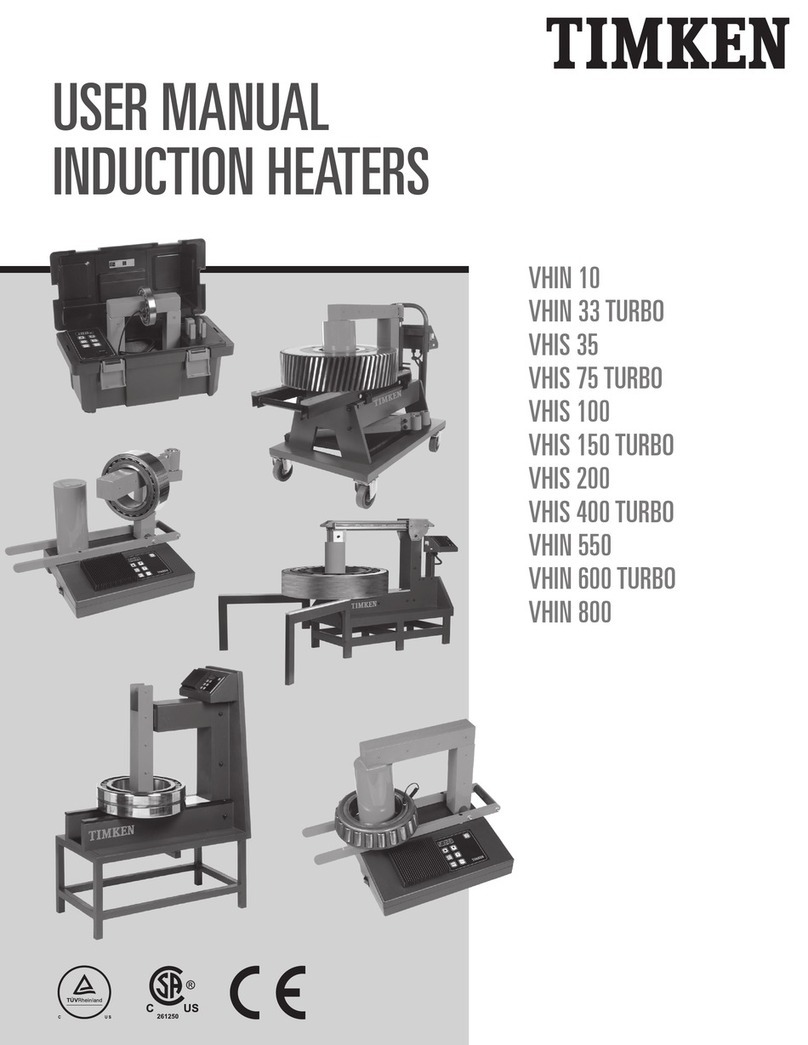
4
CONTENTS
Foreword ......................................................................................................................................................... 5
1. About the user manual ............................................................................................................................. 5
1.1 Availability .......................................................................................................................................................................................... 5
1.2 Legal guidelines .............................................................................................................................................................................. 5
1.3 Original user manual...................................................................................................................................................................... 5
2. Safety, warnings and potential hazards ................................................................................................ 6
2.1 Explanation of the pictograms ................................................................................................................................................. 6
2.2 Description of potential hazards ............................................................................................................................................. 7
2.3 Safety measures to be taken ..................................................................................................................................................... 9
2.4 Safety provisions .......................................................................................................................................................................... 10
3. Introduction ............................................................................................................................................. 11
3.1 Application....................................................................................................................................................................................... 11
3.2 Operating conditions ................................................................................................................................................................ 11
3.3 Principle of operation ................................................................................................................................................................. 11
4. Installation................................................................................................................................................ 12
5. Explanation of display and keys ........................................................................................................... 13
6.The magnetic temperature sensor ....................................................................................................... 14
7. Method of operation............................................................................................................................... 15
7.1 Heating a hanging workpiece ............................................................................................................................................... 16
7.2 Heating a horizontal workpiece............................................................................................................................................ 17
7.3 Maximum weights ....................................................................................................................................................................... 17
8. Operation.................................................................................................................................................. 18
8.1 Heating in temperature mode (default setting)........................................................................................................... 18
8.2 Heating in time mode ................................................................................................................................................................ 19
8.3 Workpiece installation................................................................................................................................................................ 19
8.4 Error message ................................................................................................................................................................................. 19
8.5 Switching between Celsius and Fahrenheit ................................................................................................................... 19
9. Cleaning, maintenance and troubleshooting .................................................................................... 20
10.Technical data and accessories ........................................................................................................... 22
10.1 Technical specication VHIN-G2-10 - VHIS-G2-150 .................................................................................................. 22
10.2 Technical specication VHIS-G2-200 - VHIN-G2-800 ............................................................................................... 23
10.3 Machine ID and certication ................................................................................................................................................ 24
10.4 Yokes ................................................................................................................................................................................................. 26
10.5 Scope of delivery ........................................................................................................................................................................ 27
11. Disclaimer ............................................................................................................................................... 28
12. Waste disposal ...................................................................................................................................... 28
13. Certicate of conformity ...................................................................................................................... 29
ENGLISH





























